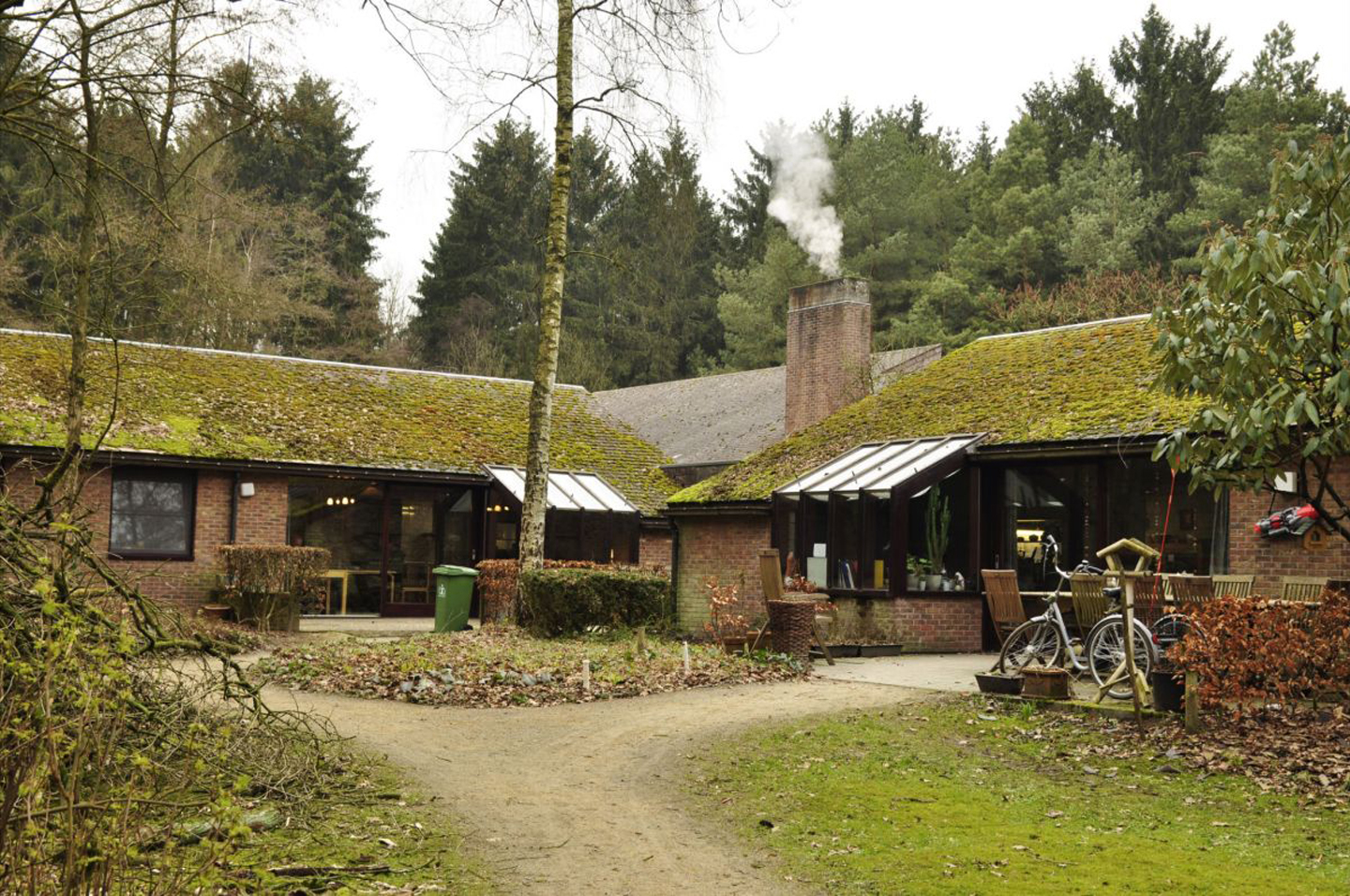This article draws upon ongoing research conducted together with Vjera Sleutel (BAVO). The history of Monnikenheide is documented in: Wivina Demeester-De Meyer, Kris De Koninck, and Johan Vermeeren, eds., Monnikenheide “40” (Zoersel: vzw Monnikenheide, 2014).
The history of the Vlaams Bouwmeester (Flemish Government Architect) is documented in: Marc Santens and Jan De Zutter, Het Vlaams Bouwmeesterschap 1999-2005 (Antwerp: Uitgeverij Houtekiet, 2008).
Lecture at colloquium “Adieu to the Bed House,” organized by the Museum Dr. Guislain, Ghent, September 24, 2019. See the report at the website of Flemish Architecture Institute, ➝. Short version of the address published in the A+ issue on care architecture, A+ 283 (2020).
In an interview Wivina Demeester referred to the territorial approach by Cornelis B. Bakker and Marianne K. Bakker-Rabdau as the motivation for the family replacement units, May 5, 2021. See: C. B. Bakker and M. K. Bakker-Rabdau, No Trespassing! Explorations in Human Territoriality (San Francisco: Chandler & Sharp Publishers, 1973).
The “bed house” is a neologism, first used by a patient at the Karus psychiatric center, who added the prefix “bed” (i.e. the calculation unit for government funding of hospitals in Belgium) to “ziekenhuizen” (“hospitals”). It is used as a name for the large-scale hospital facilities mainly consisting of bed rooms, stripped bare from other necessities of life. See: Gideon Boie, “Design Your Symptom.” In: BAVO and architecten De Vylder Vinck Taillieu, Unless Ever People (Antwerp: Flemish Architecture Institute, 2018), 186–223.
Michael Speaks argued how design intelligence is constructed through daily chatter rather than fixed typologies and heroic forms. See: Michael Speaks, “Design Intelligence.” In: A. K. Sykes, ed., Constructing a new agenda (New York: Princeton Architectural Press, 2010), 204–215.
Michel Foucault argued how the program of resocialization was, after all, a strange thing considering the fact that we first separate these people. Although justified as critique, the argument does not take into account that separation might be necessary in some delicate care programs. See: Michel Foucault, Madness and Civilization: A History of Insanity in the Age of Reason, (New York: Vintage Books, 1961), xx. Slavoj Zizek argued how the Hegelian synthesis is not so much a peaceful reconciliation of opposites, but the “negation of (the first) negation.” See: Slavoj Zizek, The Ticklish Subject (London: Verso, 1999), 72.
